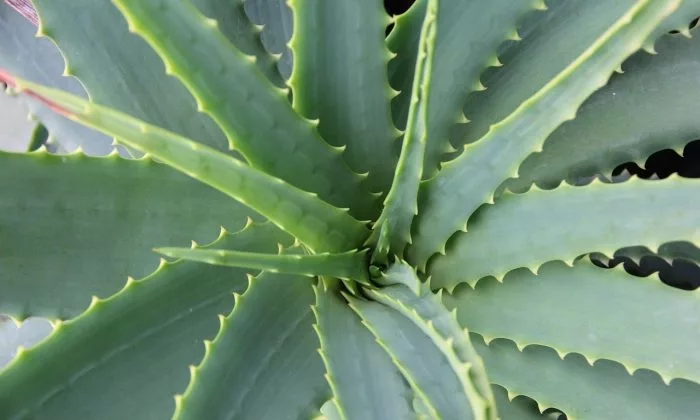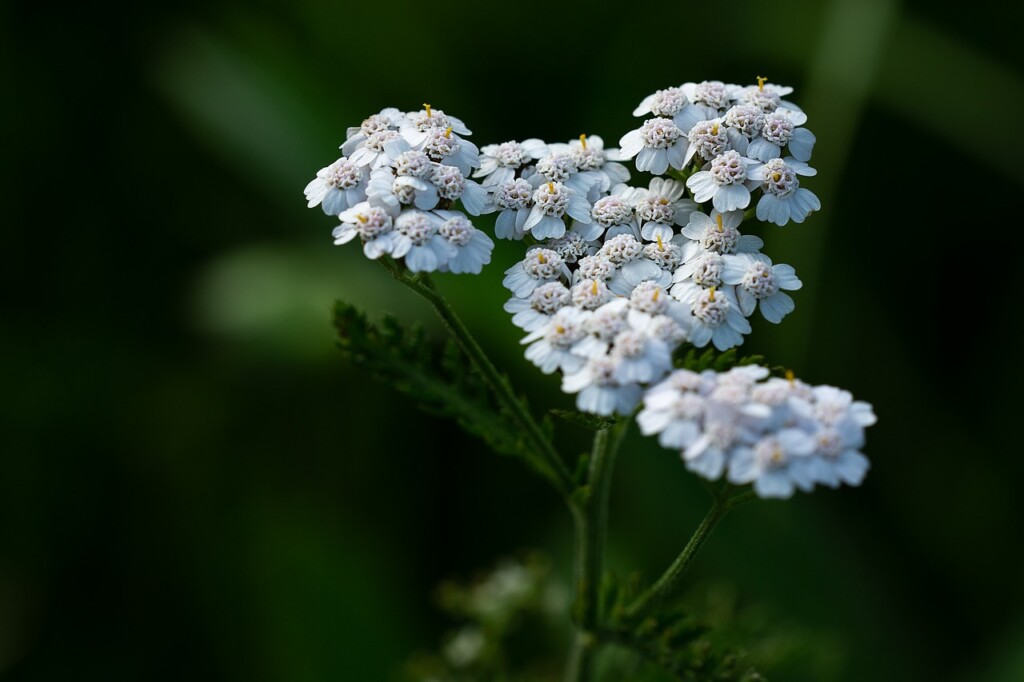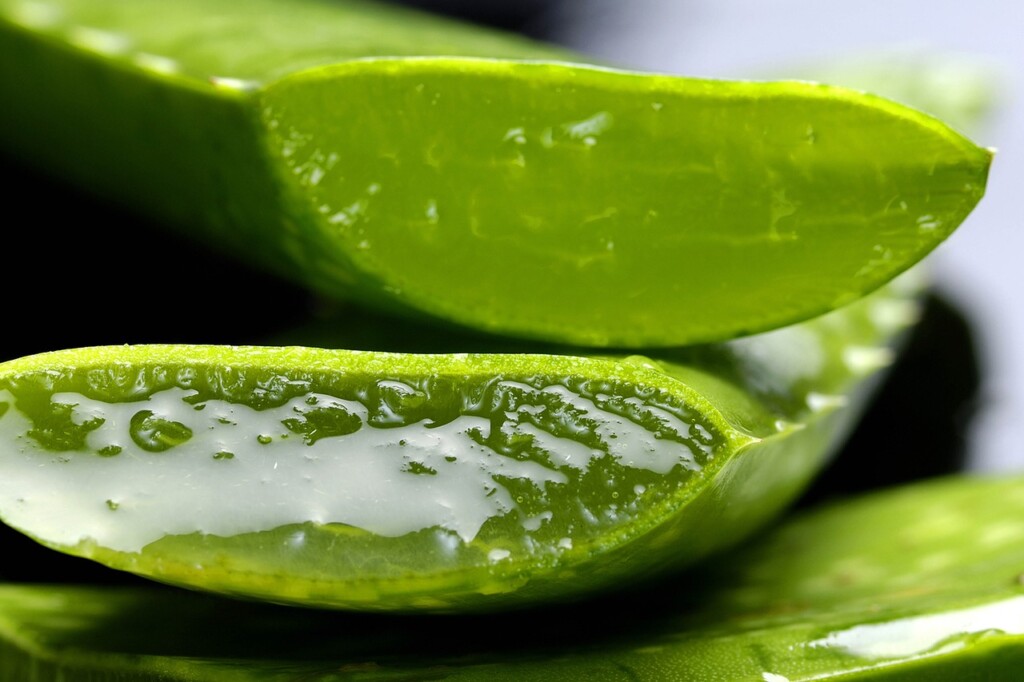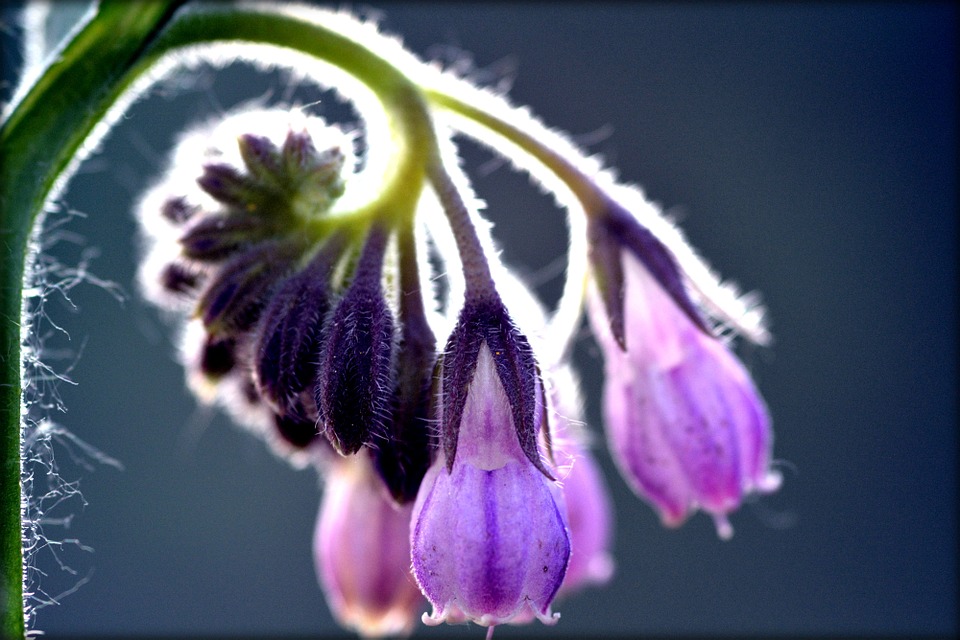Remedies directly form nature: herbs for scrapes and bruises

Do you love trips to the wild, running, or outdoor activities? Well, that is good, because outdoor activities are the best. You can relax, enjoy pleasant sceneries and recharge your batteries. But when you are enjoying outdoor activities sometimes things can go wrong. You may fall and get injured. If you can get patches, disinfectants and other medicines from your medicine cabinet it may not be a big deal. But next time, try some natural remedies available and ready for you in the wild nature. There are many such medicines and we shall introduce the most famous ones.
Yarrow with its typical spicy smell
You can find Achillea millefolium mainly in meadows, grass areas and around roads. It can grow even in a stony soil. To utilize medicinal properties of yarrow collect the flowering stems – usually from June to the end of August and let it dry – ideally hung in smaller bundles. Yarrow has excellent antibacterial properties and can even clean inflamed wounds. Another great way how to reap the benefits is to prepare an extract from fresh or dried yarrow.

The power of Aloe Vera
Aloe Vera is part of many pharmaceutical and cosmetic products. And no wonder. It contains skin soothing substances and supports proper renewal of skin cells. Aloe Vera is an undemanding plant that can be grown at home in a flower pot. During winter place it near a southern window but on warmer days you may place it outside.Sandy soil is perfect for Aloe Vera plus you do not need to water it in summer. But keep in mind that even a very weak frost can kill it. So watch out for frosts! When cut, the plant releases a soft gel which is used to treat minor burns and cuts but it also reduces unpleasant effects of insect bites.

Comfrey
The root of (Symphytum officinale) has been used for medicinal purposes for a very long time. Information about this plant was found even in ancient books. The Latin name actually indicates that the plant should “unify and join”. Mainly the roots are used but also leaves may be used for various purposes. Comfrey does well in a loose soil with enough nutrients and most often is found near watercourses or in forests with moist soil. If you plant comfrey in your garden, you do not need to change the location of a long time. To use roots for medicinal purposes dig them out in autumn, cut them into rounds and let them dry in the air. Roots and leaves can be harvested throughout the summer. Comfrey supports bone fusion and wound healing. It is best when used on a cloth compress and as such it is used to treat varicose veins or to reduce muscle inflammation.

First aid directly from the forest and meadows
There are many other medicines offered by nature but the typical examples may include:
- wild pansy is used for the treatment of small wounds,
- wild or bear garlic has antibacterial properties,
- Bellis perennis or the common daisy,
- peppermint – pain relief.
Preview photo: Pixabay

Gardening is my hobby, I have a lot of experience and I am happy to share it.








0 comments